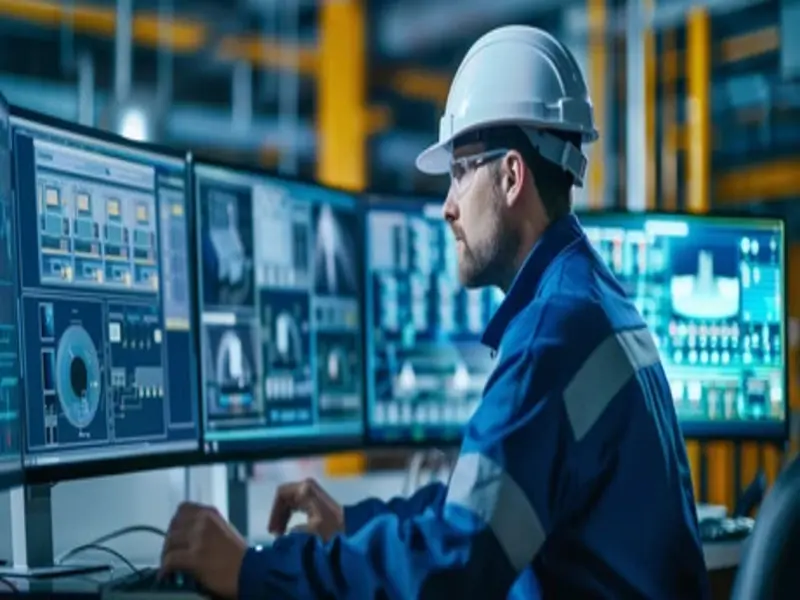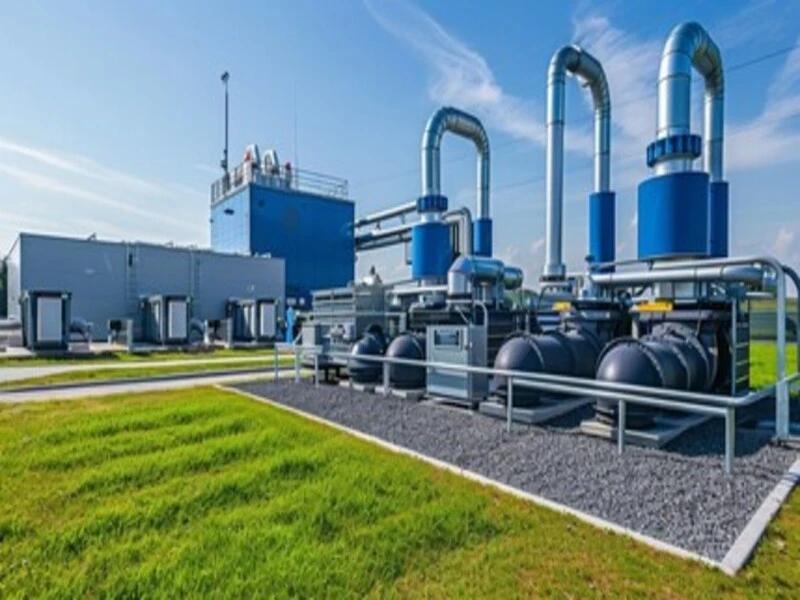The quest for energy has always been a driving force behind technological advancements. Among the most transformative developments in recent decades is deep offshore technology, which refers to the suite of engineering, technological, and operational solutions used to explore, develop, and produce oil and gas resources located beneath the ocean floor at significant depths. This sophisticated technology has revolutionized the energy sector by unlocking access to hydrocarbon reserves that were previously unreachable, pushing the boundaries of exploration and production to new depths.
The Genesis of Deep Offshore Technology
Deep offshore technology began as an ambitious venture into uncharted territories. The initial forays into offshore drilling in the mid-20th century involved relatively shallow waters. However, as these easily accessible reserves began to deplete, the industry faced a crucial challenge: how to extract oil and gas from deeper and more hostile underwater environments. This necessity drove a wave of innovation, leading to the development of advanced drilling rigs, subsea production systems, and remote-operated vehicles (ROVs).

One of the pivotal milestones in the evolution of deep offshore technology was the creation of the floating production, storage, and offloading (FPSO) units. FPSOs are massive ship-like structures equipped to process and store hydrocarbons extracted from subsea wells. They can operate in deep waters far from the shore, providing a versatile and efficient solution for offshore oil and gas production. This technology not only enhanced the capacity to tap into deepwater reserves but also significantly reduced the need for extensive and costly pipeline infrastructure.
Engineering Marvels
At the heart of deep offshore technology lies the complex network of subsea production systems. These systems encompass a range of components, including subsea trees, manifolds, and pipelines, which work in unison to control the flow of hydrocarbons from the wellhead to the surface. Subsea trees, which are essentially valve assemblies, are installed on the seabed to monitor and regulate the production process. Manifolds connect multiple wells to a central processing hub, optimizing the flow and maximizing efficiency.
Advancements in materials science have played a crucial role in the development of subsea production systems. The harsh conditions of deepwater environments, characterized by high pressure, low temperatures, and corrosive elements, necessitate the use of specialized materials that can withstand such extremes. Innovations in metallurgy and the development of corrosion-resistant alloys have been instrumental in ensuring the longevity and reliability of subsea infrastructure.
The Role of Robotics and Remote-Operated Vehicles (ROVs)
Robotics and ROVs have become indispensable tools in the realm of deep offshore technology. These remotely operated machines perform a variety of tasks, from routine inspections and maintenance to complex repair operations. ROVs are equipped with cameras, sensors, and manipulators that allow operators to conduct detailed inspections of subsea installations without the need for human divers, thus enhancing safety and efficiency.

The integration of artificial intelligence (AI) and machine learning (ML) into ROV operations has further revolutionized their capabilities. AI-driven algorithms enable ROVs to autonomously detect anomalies, assess the condition of subsea equipment, and even perform predictive maintenance. This proactive approach not only minimizes downtime but also extends the operational life of critical assets.
Environmental Considerations and Sustainable Practices
As global energy demand continues to rise, the importance of deep offshore technology becomes increasingly critical. However, with this expansion comes a heightened responsibility to mitigate environmental impacts. The oil and gas industry has made significant strides in adopting sustainable practices and minimizing ecological footprints.
One of the key areas of focus is the reduction of greenhouse gas emissions. Advanced technologies, such as carbon capture and storage (CCS) and subsea gas compression, are being implemented to capture and sequester carbon dioxide emissions from offshore operations. Additionally, the development of low-emission drilling techniques and the use of cleaner fuels for offshore platforms are contributing to a greener energy landscape.
Another crucial aspect of environmental stewardship is the protection of marine ecosystems. The industry has embraced stringent environmental regulations and best practices to minimize the impact of offshore activities on marine life. This includes measures such as the careful management of drilling discharges, the use of environmentally friendly drilling fluids, and the implementation of marine mammal monitoring programs.
The Future of Deep Offshore Technology
The future of deep offshore technology is poised to be even more transformative as new innovations continue to emerge. One of the most promising areas of development is the use of digital twins—virtual replicas of physical assets that allow for real-time monitoring and predictive maintenance. By leveraging data analytics and simulation, digital twins can optimize the performance of offshore installations, enhance safety, and reduce operational costs.
The integration of renewable energy sources into offshore operations is another exciting frontier. Hybrid platforms that combine traditional hydrocarbon extraction with renewable energy generation, such as wind and solar power, are being explored. These hybrid systems have the potential to reduce the carbon footprint of offshore operations and contribute to the global transition toward cleaner energy sources.
Final Words
Deep offshore technology has undeniably revolutionized the energy sector, enabling the extraction of vital hydrocarbon resources from previously inaccessible depths. The advancements in engineering, materials science, robotics, and environmental practices have collectively pushed the boundaries of what is possible in offshore exploration and production. As global energy demand continues to grow, the role of deep offshore technology will become increasingly critical in meeting this demand while ensuring sustainability and environmental stewardship.
The journey of deep offshore technology is a testament to human ingenuity and the relentless pursuit of progress. With ongoing innovations and a commitment to sustainable practices, the future of deep offshore exploration holds the promise of unlocking new energy frontiers while safeguarding our planet for generations to come.

